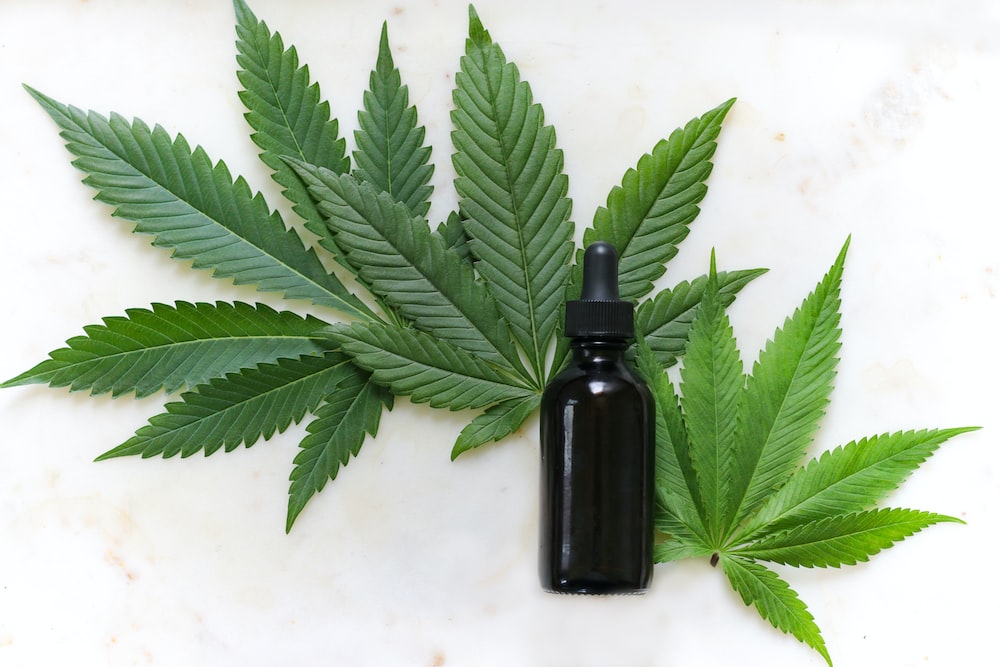Industrial hemp: A Curb to Climate Change
Hemp has a lot of buzz about it. You can eat it, wear it, chew it, use it as a yoga mat, and construct with it, but chances are you haven’t heard of half of what hemp can do for you and the environment.
Hemp has been used for thousands of years and was a major crop throughout most American history, but it was outlawed in the 1970s as its drug war intensified. However, growing industrial hemp in the United States may soon be a viable option for reducing fossil fuel emissions and providing a supply of sustainable, environmentally acceptable products.
Everything You Need To Know About Hemp: A quick glimpse
Hemp is not the same as marijuana, even though they both come from the same plant family. Marijuana contains a lot of tetrahydrocannabinol (THC), which is the chemical that gives you a high. Hemp refers to the edible seeds of the hemp plant, which contain just a tiny amount of THC.
The industrial hemp products sector is booming, and there’s a lot of cash to be made. Thanks to recent legislative initiatives, hemp in India may now be grown in all 50 states, and the Hemp Farming Act of 2018 authorized the processing and production of hemp for industrial uses. In addition, the Industrial hemp India Program was recently established to promote the growing domestic hemp industry and encourage technological advancement.
Co2 is absorbed in large amounts by hemp.
Carbon dioxide is one of the most frequent greenhouse gases that contribute to climate change (CO2). Fossil fuels, animals, and a variety of industrial activities all release CO2. Plants absorb CO2, so one of the most common strategies to reduce carbon emissions is to plant trees.
Industrial hemp products, on the other hand, can absorb carbon far more effectively than trees. Hemp may grow up to 13 feet in 100 days, whereas newly planted trees might take decades to mature. Hemp, unlike trees, can absorb more carbon per hectare, making it an excellent carbon sink. Hemp can also grow almost everywhere, substantially expanding the amount of land available for carbon sequestration.
The soil is nourished by hemp.
Industrial hemp farms have shown to be a valuable ally in feeding and rejuvenating soil for many farmers. Hemp plant stalks and leaves are rich in nutrients that may be put back into the soil to revitalize overworked soil. Farmers may not need to apply chemical fertilizers to their land if they plant hemp. Hemp has been introduced to many farmers’ crop rotations as a natural method to replenish their land in between growing other income crops.
Hemp Helps To Prevent Erosion
Erosion is a natural process in which dirt is captured by wind and water and carried to neighboring rivers. However, erosion may occur significantly faster when big trees and vegetation are cut down and transformed into fields. Erosion not only removes topsoil from fields, causing damage and lower agricultural yields, but it may also release chemical fertilizers and pesticides into rivers, harming local animals and contaminating drinking water.
Conclusion
Industrial HempInIndia can aid in the prevention of agricultural erosion. According to the Indian industrial hemp association, Hemp roots develop deep and quickly, helping keep the soil together and protect it from the weather’s erosive impacts. In addition, nitrogen, a significant component of chlorophyll, is transferred into the soil by hemp roots. HempInIndia understands the importance of the plant and thus is working really hard in the sector to make it a booming business.




Recent Comments